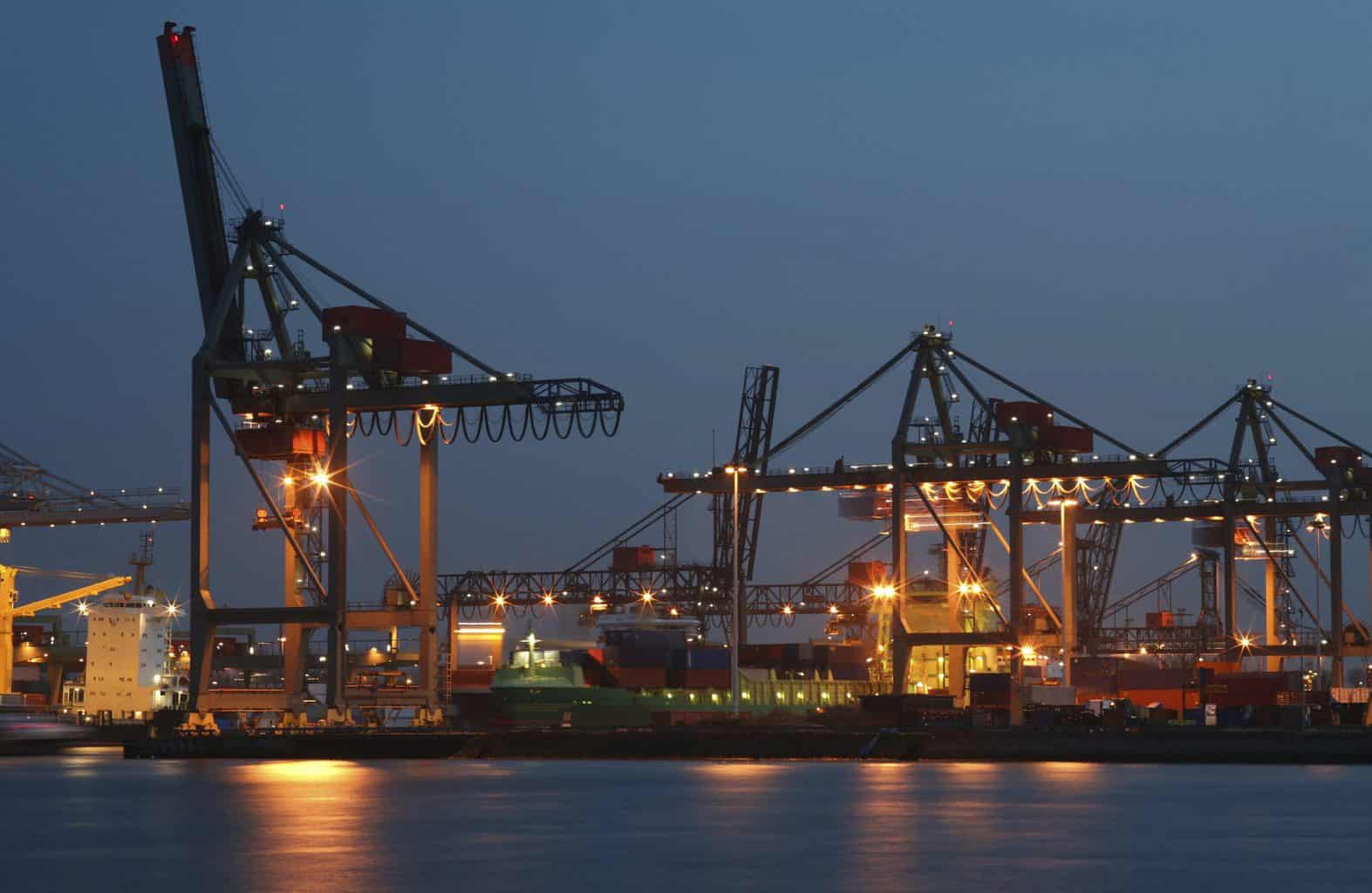Industrial braking systems involves a process that is very “problem versus solution-oriented.” Those who run into problems on the job may report to an equipment distributor. The distributor then shares that feedback to begin working on solving it.
Sometimes the problem starting this chain of communication is from a flawed product. More often, it’s about finding better and more productive ways to get work done. These are just the necessary parts of an industrial mining braking system.
Mining brakes should be safe to use at all times. Any adverse performance traits of a braking system can have horrible consequences. Let’s look into what each type of brake requires.
Industrial Braking Systems in Mining
Mining brakes find their way into underground applications often. Some machines that do excellent above-ground work are not as great below ground. There are often more challenging operating conditions deep below the surface.
Some unseen bumps or holes cause a jarring impact and shock. It’s enough damage to destroy vehicles or their components seriously. Thick sludge build-up and moisture or airborne contaminants also contribute to damage.
Productive Braking Systems
Enhancing safety is a priority, but machine designers also focus on sustaining productivity. They get rid of any downtime in the industrial business by focusing on mining. And the mine operators prioritize on the cost-per-ton of material they use or produce.
Closed-center electrohydraulic brake valves, in particular, have their own purpose. They modulate the output pressure in proportion to its input current. This automatically ties these mining brakes to safety.
Engineers can facilitate braking features that help vehicle operators better operate. These enhanced features help them better navigate the difficult terrain of underground mines. This all increases productivity.
Using Electrohydraulics
Electrohydraulics are excellent aids for mining operations. Their features, like an automatic retard control, helps vehicles maintain speed. When vehicles work their way up and down inclines, this braking system keeps them at a steady pace.
Electrohydraulics also assist with load sensing. Even master equipment operators can make errors in judging loads. With load sensing, they can use electronic sensors to apply the brakes automatically.
Other mine vehicles can be used in especially hazardous areas. Instead of putting workers at risk, these machines work from a remote control. Electrohydraulic brakes can be used here when there isn’t an operator present.
Flexibility and Control
One of the hardest aspects of industrial braking systems is the lack of variation from mine to mine. As operators search for braking solutions, well-structured systems become more of a necessity. They look for a notably high level of flexibility and control to make their work successful.
You can program electronic signals to meet the demands of different job sites. This precise control helps with vehicle movement and is a big reason why electrohydraulics work. Having this control is excellent for any harsh and unpredictable conditions of underground mines.
Bottom Line
Reducing productivity and increasing safety is the end goal. Industrial braking systems that adhere to these priorities make for a successful operation. And no matter what, machines need these things to perform at their best.
If you need to learn more about how mining brakes can make a difference, speak with our experts!

